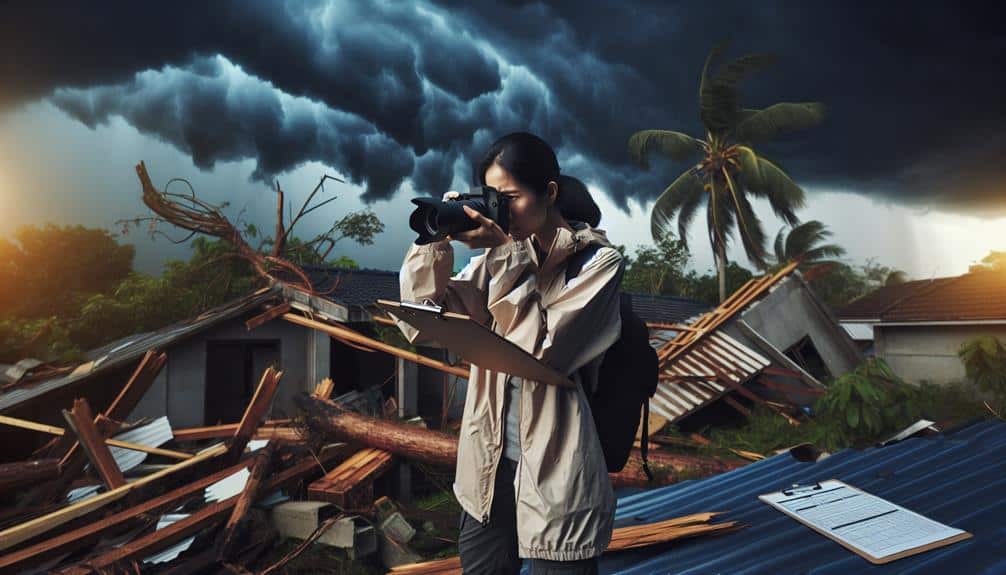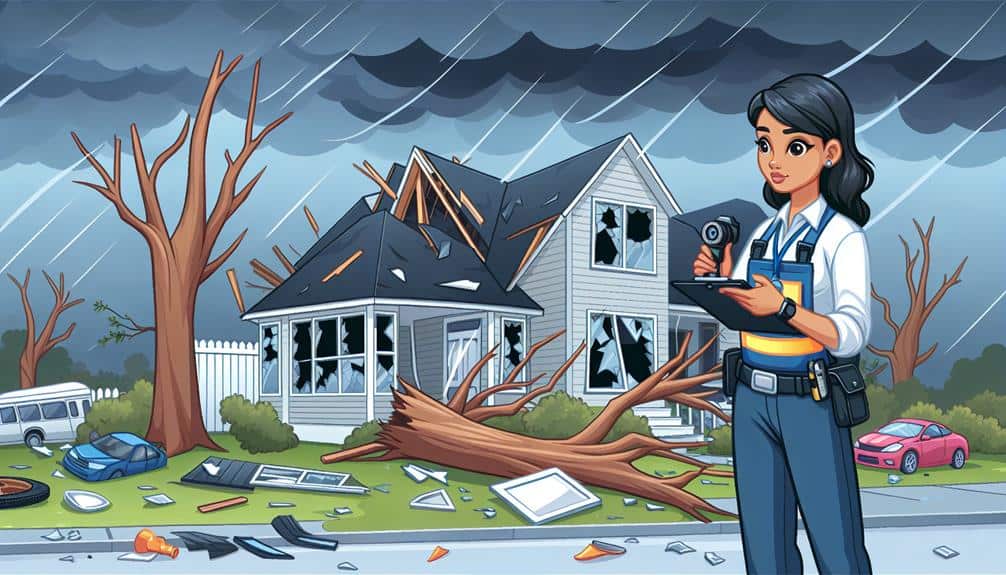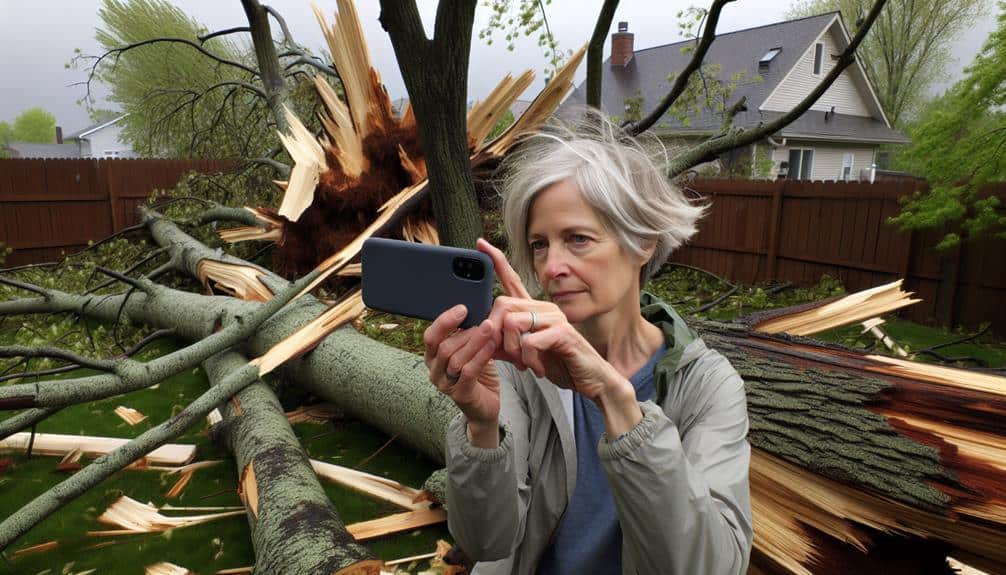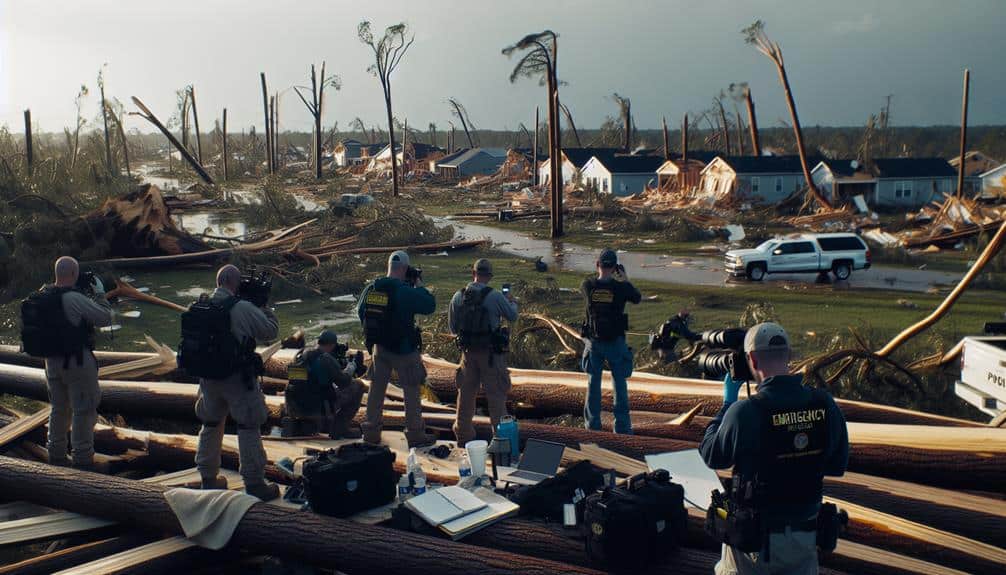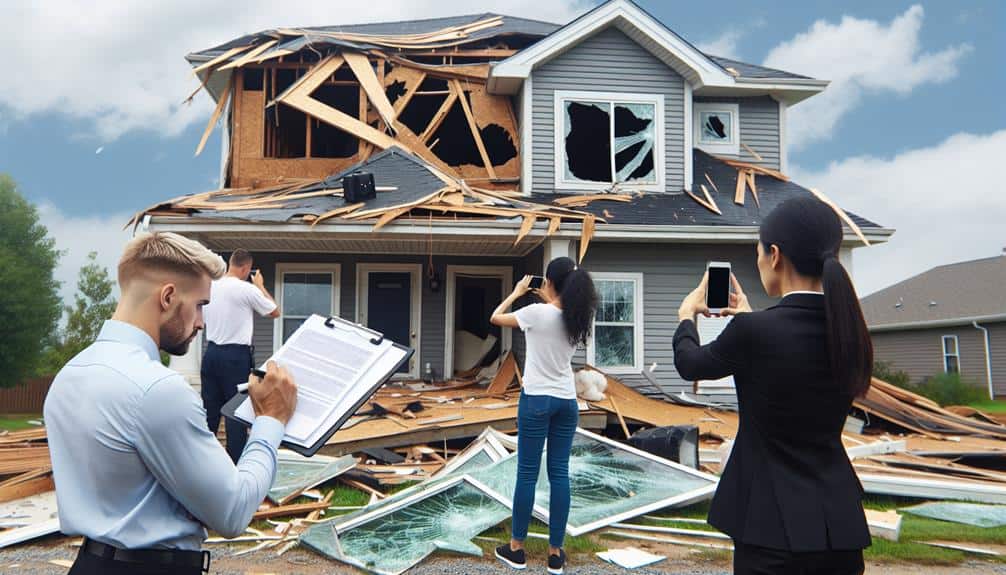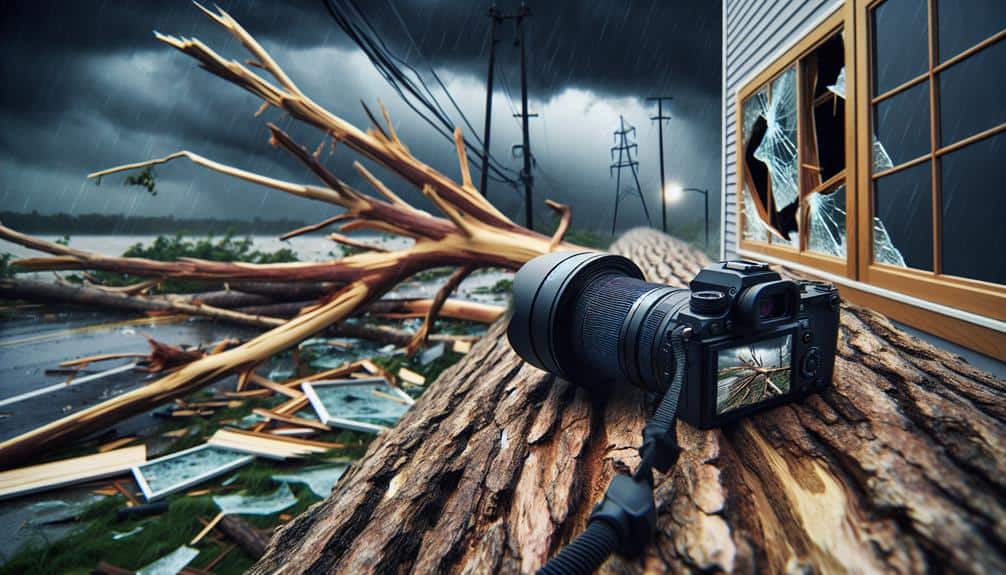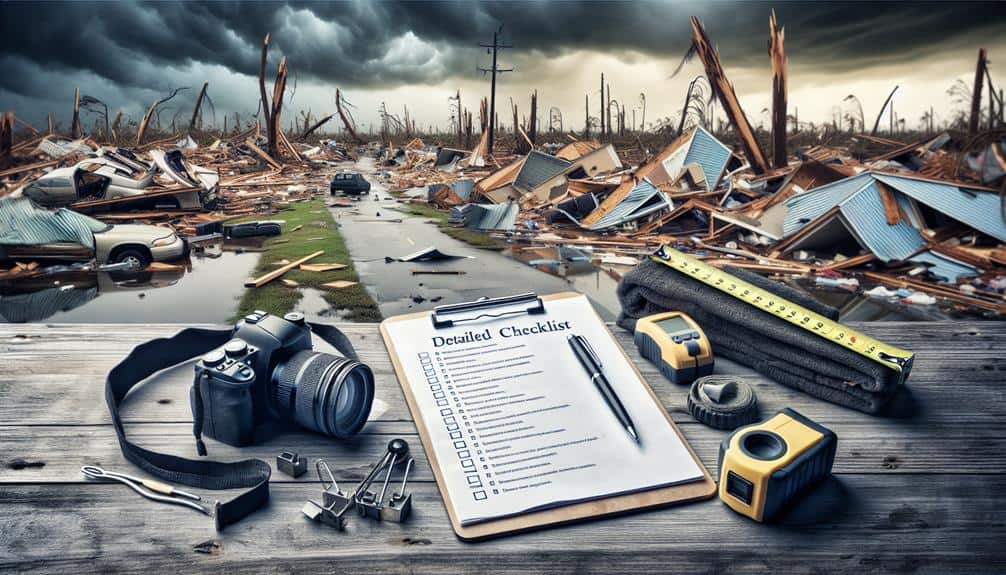What Methods Are Used to Document Storm Damage?
We use several methods to document storm damage thoroughly. Our team captures high-quality photos and videos, including drone footage, to provide detailed visual evidence from all angles. We conduct aerial surveys for rapid assessment and map the damage using GPS technology. Written reports systematically detail the extent and nature of the damage, integrating precise measurements […]
What Methods Are Used to Document Storm Damage? Read More »

